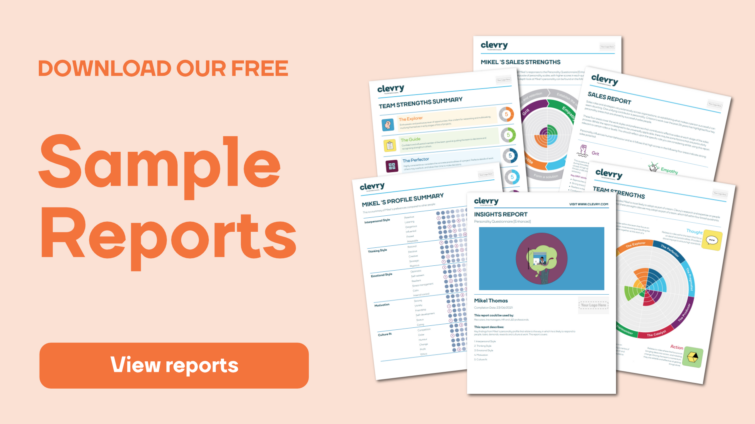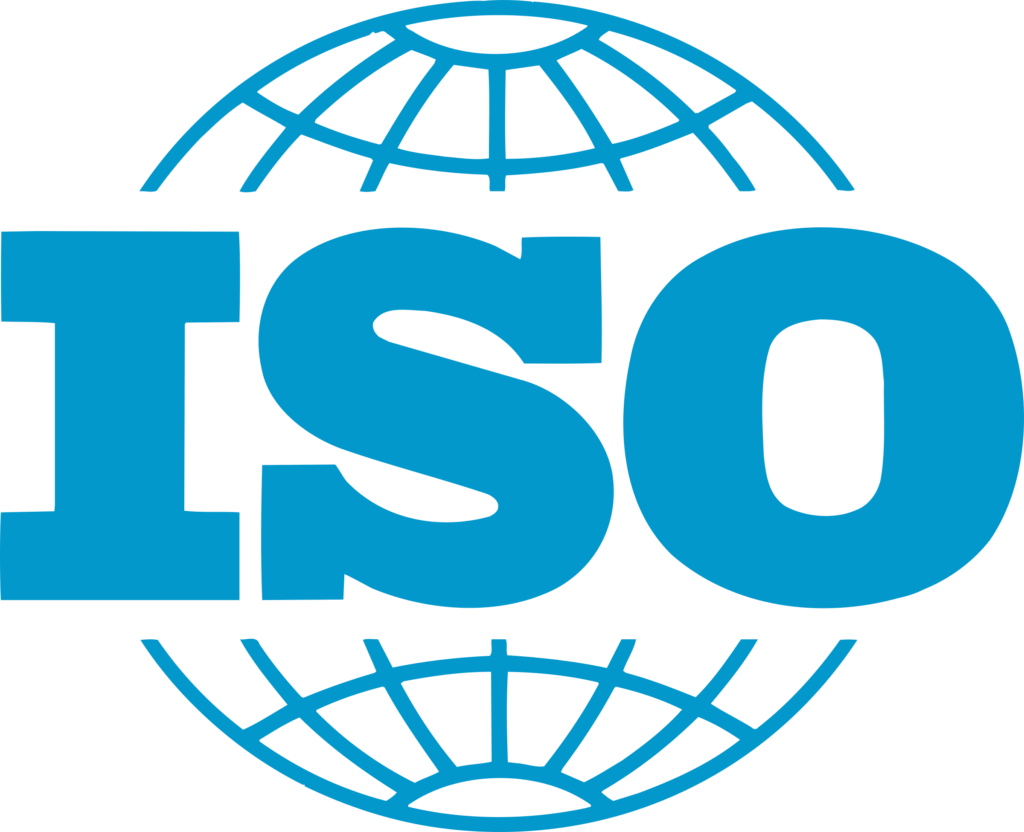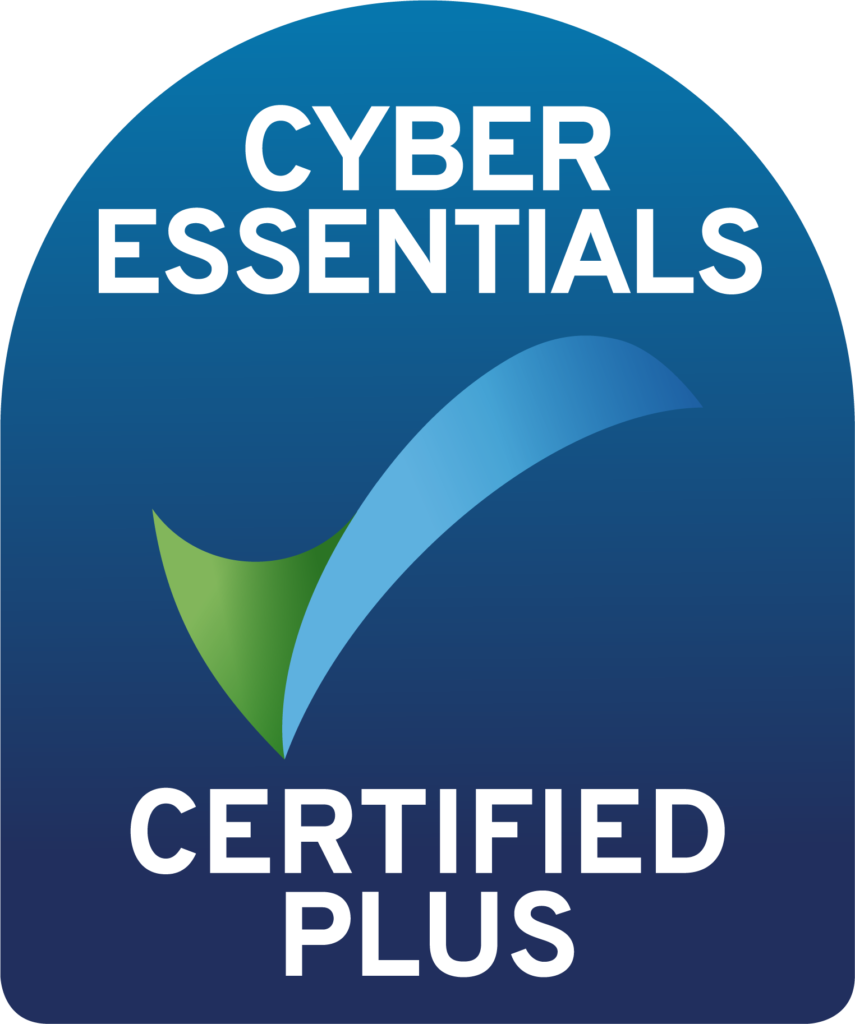The interviewer report is designed to supplement the interview process by providing advice and questions that are specific to that candidate. This allows recruiters to explore their personality in more detail and get the most from interviews.
This report can be used by anyone who might need to conduct an interview with a candidate, such as recruiters, interviewers, assessors or hiring panels to determine the extent a candidate might be a good match with the role and/or company culture.
How does the Interviewer Report work?
The report summarises the key findings of the personality profile by drawing on the strongest aspects of the candidate’s personality to highlight potential strengths and concerns based on their tendencies and preferences. Based on these, potential interview questions are then suggested, determined by the sten score on that particular scale. The report also draws on ability test information, to describe how aptitude in certain areas may affect their ability to deal with the demands of the role.
The interviewer report indicates sten score, strengths/concerns, interview questions, advice and is also compatible with the candidate matching facility in our online assessment platform.
A few useful tips:
- This is just a support tool
- There are no rights or wrongs, everyone has their own unique personality
- The report indicates styles and preferences. Individuals may flex their approach depending on the circumstance
- Personality is not fixed, it can change over time
- A low score is not bad, it simply indicates preference towards the other end of the scale
- Try to make it a two-way conversation
USING THE INTERVIEWER REPORT WITH CANDIDATES
The report shows how candidates answered the assessment per personality scale and provides strategic interview questions to ask candidates that can be used as guidance. When interviewing the candidate using the Interviewer report, you can probe on specific areas that otherwise would’ve remained hidden. There are a couple of steps to take, which are:
- Preparation
- Introduction: Setting the scene
- Discussion around the hypotheses
- Exploration
- Conclusion
FORM A HYPOTHESES
Forming hypotheses means identifying the most interesting results from the report that you’d like to discuss, preferably related to the role. Look at different personality scales and create a hypotheses by combining results and trying to describe what type of behaviour the candidate will show, which can then be tested during the interview with the candidate.
DECIDE ON QUESTIONS
Based on the hypotheses; decide which questions you would like to ask the candidate. This could be questions suggested in the interviewer report, or these may inspire similar questions that better relate to a specific job role.
During the interview, a candidate’s answers may inspire new follow up questions, or open a new avenue of discussion, but it is always best to go in with at least some questions prepared to keep the conversation going.
INTRODUCTION: SETTING THE SCENE
- Make the candidate feel comfortable, break the ice
- Explain why the assessment is taken and that the assessment is a self-report
- Explain that answers will be handled confidentially
- Explain that candidates are compared to a norm group
- There are no right or wrong answers
- The questionnaire is very reliable, but not infallible.
- Explain that the assessment measures personality in the Work environment
By covering these topics, you are not only educating the candidate about the assessments to ensure there is no misinterpretation of results, but also putting them at ease. Some candidates may find an interview particularly nerve-racking so being reassured that these assessments are as much for their benefit (i.e. being placed in an organisation that has a good person-job fit, fill allow a candidate to flourish) as the recruiter/ organisation’s will be reassuring.
DISCUSSION
Before you delve into asking questions, you may wish to describe a candidate’s personality profile. When giving feedback to the candidate, make sure to describe the result so that you use the right interpretation language and so include:
- It is a self-report: “Your responses” or “You see yourself” – instead of your results, your report shows
- Status of the results: “Indicates”, “suggests” or “may”
- Norm comparison: “Compared to others”
- Strength of tendency: “slight”, “very”, “fairly” or “strong”
- Language of scale behavior: avoid using scale labels to describe results
Examples describing the results
“Your responses suggest that, compared to other people, you see yourself as having strong tendency to make decisions quickly”
You might prefer to describe results as you explore them. This is ok as long as you make sure to use the appropriate language.
EXPLORE
This is your opportunity to gather further information about the candidate, and test any hypotheses you have made during preparation. Remember that while a personality questionnaire uses a self-report method, it can’t tell you everything. This is your opportunity to fill in any gaps, and discuss any strengths or concerns.
By using the questions given in the report, you can literally read out the statements from the Interviewer report, found in the purple box. These already use the recommended style of phrasing and are used as a follow up to your description of the hypotheses.
Here is an example from the report to discuss and explore the hypothesis regarding decisiveness:
You can of course also use your own questions at this point. This could be slight tweaks to the suggested questions or using them as a basis to ask some which are completely your own.
Remember! Personality profiles do not indicate ability. They show a candidate may prefer to work in a certain way, not necessarily that they are bad at working in that way. One function of having an interview is to try and work out whether the candidate believes having a preference in an area also indicates ability, or not.
CONCLUDE
Summarise the conversation and find out if there are any questions still. If a candidate disagrees with some of the results in the assessment, that is fine, and there should be room to discuss this openly, and will provide further insights into their preference at work.
Checklist for using the Report in Interviews:
1. Prepare: form hypothesis the Interview |
|
| Read the Report, chose multiple interesting results related to the role | |
| Form Hypothesis about the candidate that need testing in the interview (see step 3) | |
| Combine a few of the results | |
2. Introduction: Setting the scene |
|
| Introduce yourself and break the ice | |
| Relax the candidate and build rapport | |
| Explain why they were asked to complete the personality questionnaire | |
| Explain why the questionnaire was used and what it measures | |
| Explain the self-report nature of the questionnaire – there are no rights or wrongs | |
| Explain the reliability of the results – not infallible | |
| Explain how the questionnaire is scored – norm comparison used | |
| Describe boundaries of confidentiality for the assessment results | |
3 & 4. Discussion and Exploration |
|
| Describe scale results accurately and meaningfully | |
| Use the right interpretation language and avoid using scale labels – describes behaviours | |
| Balance your share of the talking and help the candidate develop insights | |
| Emphasise self-report and norm-based status of the information | |
| Ensure understanding of the results | |
5. Conclude |
|
| Summarise discussion and reflect back | |
| Invite reactions to the results and thank the candidate | |



